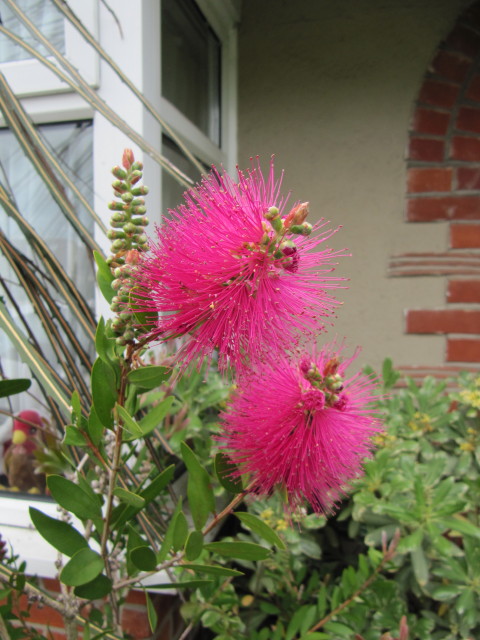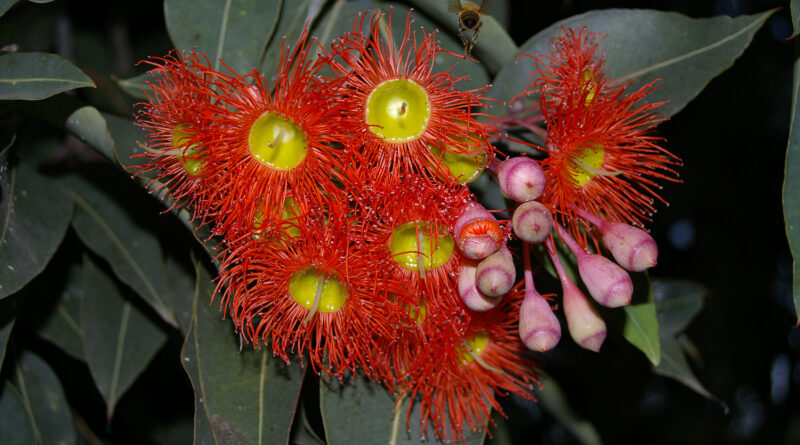Welcome home to a shady, green front yard!
For little effort or cost, your front garden could be a welcoming green space for you and your family, as well as for the birds, butterflies and beneficial insects in the neighbourhood.
As a Landscape Designer, I have been concerned for some time about the new trend of smaller blocks, but bigger house builds in our new estates.
Although there has been improvement, most houses are still not built to the highest sustainability ratings and the space for planting attractive and cooling foliage is now more limited. This calls for thinking about choosing the right plant for the right spot. Our green canopy in Victoria is shrinking and our average temperatures are increasing.
I see in our neighbourhoods that a lot of property owners are not sure how to create an inviting front garden and often opt for artificial fake grass dotted with yuccas.
In full sun, that fake grass will increase the ambient temperature by up to 10C, making it uncomfortable to walk on or for wildlife to inhabit. The soil underneath is baked and any microbial or worm activity could be destroyed. Once it is shabby, the old plastic fake grass will be sent to landfill where it is estimated that it takes more than 500 years to ‘break down’. The yuccas add little shade cover or habitat, as well as being very difficult to dig out later.
So how can you create the first impression of your home as one of beauty and relaxation?
First, check which way your house faces by standing at the front door and looking out to the street. If the sun rises to your left, then your front garden faces South. This means that your front windows will be shaded all year. If the sun rises to your right, your front garden faces north and your front rooms will receive more direct sun, even in winter.

Have a look at where the shadowing from the house, fencing or a neighbour’s trees falls at different times of day. This will help you to choose plants which will thrive, as some prefer full sun and others full or part shade.
Start by choosing a shady feature tree which may eventually grow to 3-5 metres. By opting for some native or indigenous plants to Wyndham, they will be more drought resilient, adapted to the local soil conditions, lower maintenance and provide food and shelter to birds, butterflies and insects.
There are some hardy natives, like the red or orange flowering hybrid gum tree Corymbian ficifolia, a beautiful acacia like Lime Majik with soft, weeping lime green foliage or Callistemon viminalis ‘Dawson River’ with attractive crimson bottlebrush flowers.
If you prefer a productive front garden, you can also look at featuring fruit trees like orange, apricot or apple, underplanted with vegetables, herbs and flowering plants.
Have a chat with a local nursery or Landscape Designer to find trees and plants that you love and that fit your block. They will have some suggestions for other slow growing bushes and ground covers to provide all year round flowers and interest, as well as habitat for our fauna and insects.
Have fun creating your green space – Get Gardening! – Gayle

